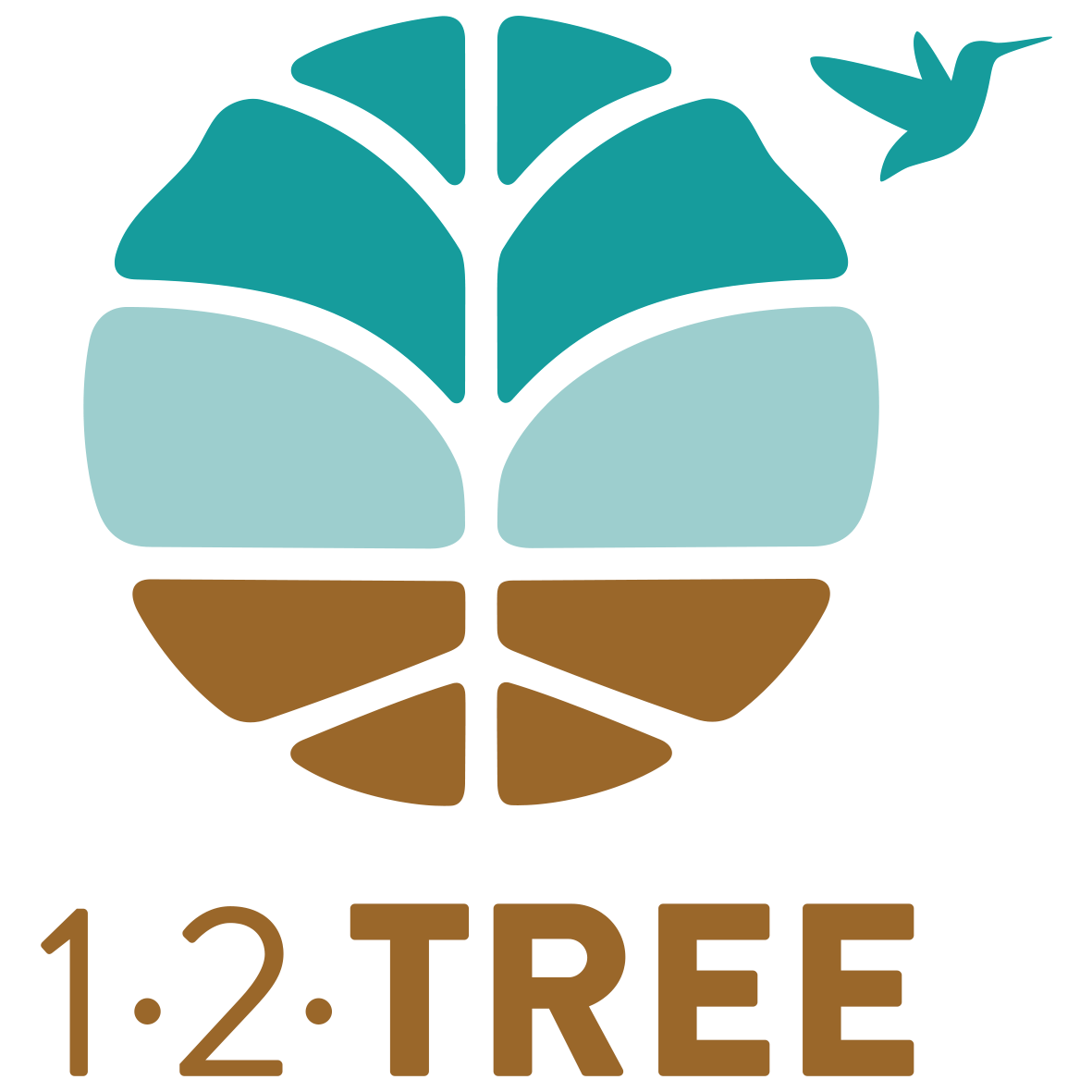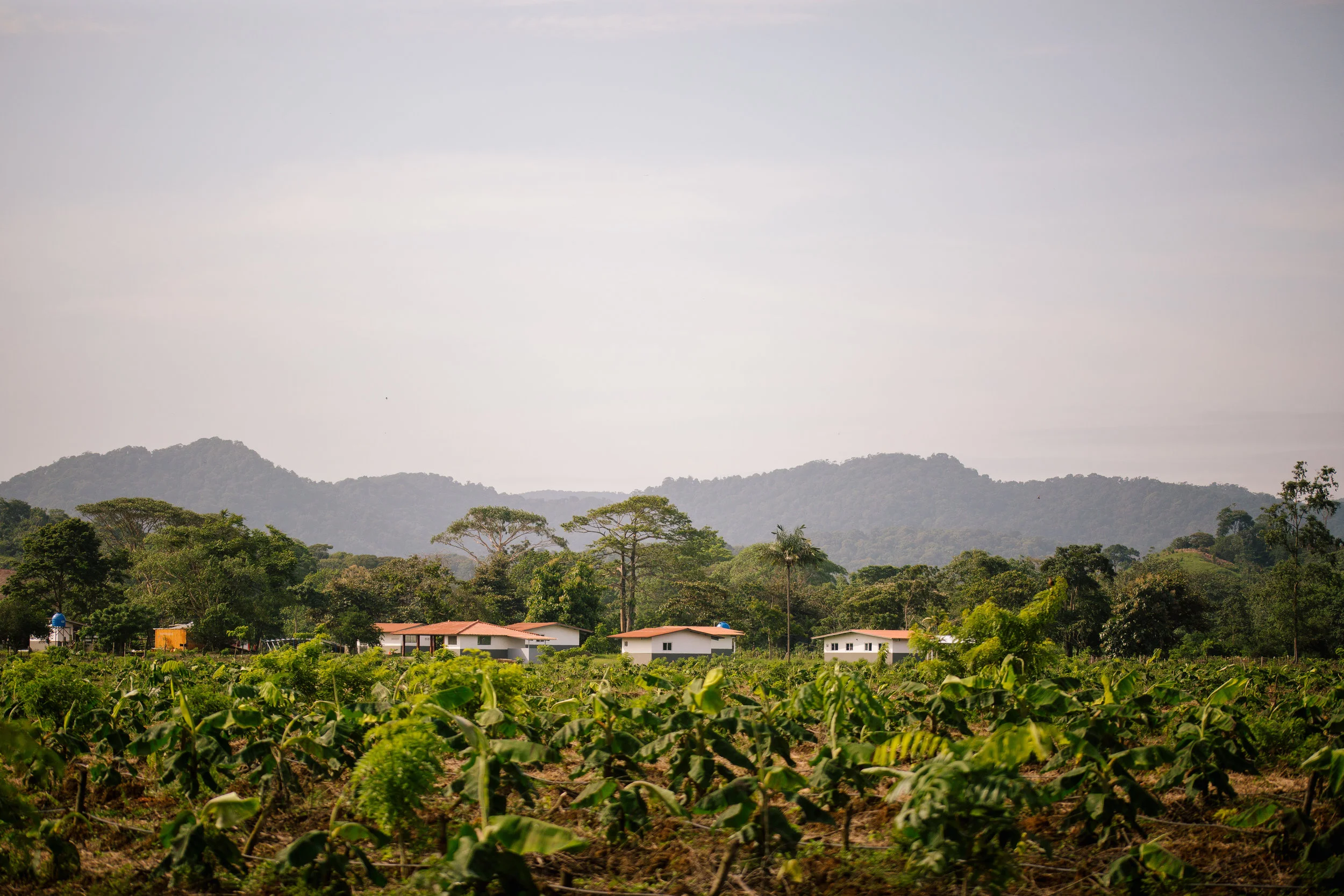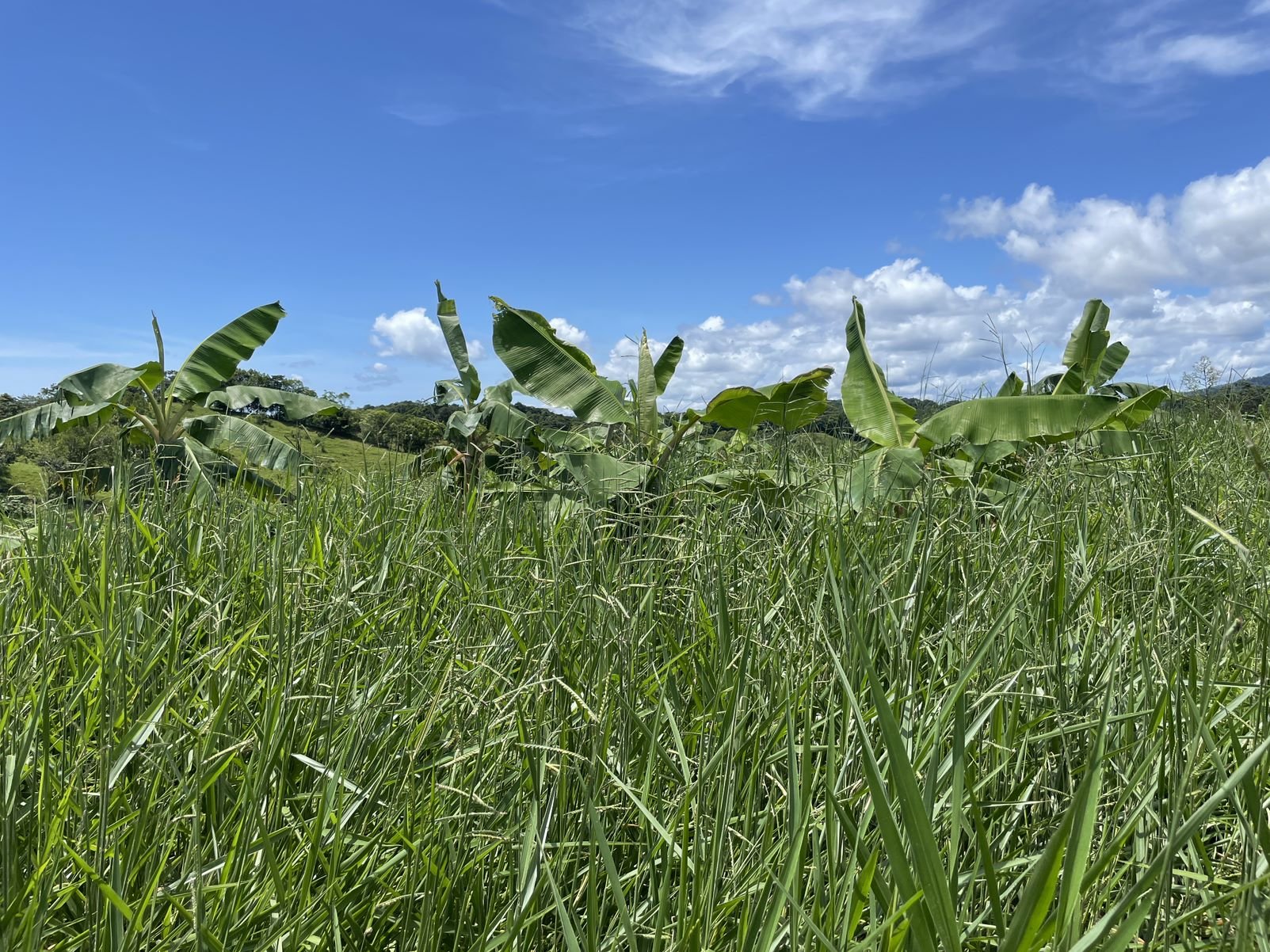Globally, weeds pose the greatest threat to crop yield, generating losses that surpass those caused by both pests and pathogens.
Defined by their rapid growth, high rate of reproduction, and persistence, weeds compete with crops for limited light, nutrient, and water resources. Once established, they are notoriously difficult to get rid of. In addition, their seeds often remain dormant in the soil for extended periods of time, suddenly re-emerging with rainfall or when soil is tilled or fertilized. Modern conventional farms typically rely on chemical treatments to control weeds. But the intensive use of chemicals also bears many environmental and health risks. Therefore, a general rethinking around weed control is underway. Many conventional, but especially sustainability-oriented farms, are exploring non-chemical alternatives. This is not an easy transformation- it takes time, is labor-intensive, and often entails considerable upfront costs. But on the other hand, the research and empirical evidence resoundingly proves that reducing chemical inputs leads to healthier, more productive crops and results in more resilient agricultural systems in harmony with people and nature.
Identifying alternative approaches to weed management is thus a critical part of 12Tree’s efforts to integrate regenerative agricultural practices across our portfolio. Towards this end, 12Tree carried out a study on non-chemical weed management approaches that could effectively help phase out glyphosate and other herbicides at our Cuango Farm in Panama.
Cuango and its weed problem
Brachiaria grass invading the plantain crops
The Cuango Farm sits along the Cuango River on the northern Atlantic coast of Panama. The tropical humid climate is ideal for the cultivation of cacao, plantains, and forestry. However, the farm is facing a major challenge in the form of heavy weed pressure from Brachiaria grasses. Brachiaria grasses are a non-native, invasive grass species introduced by the former landowner to serve as feedstock for cattle. For decades, the grasses went unmanaged across the property, resulting in their ubiquitous presence across the farm, as well as in a large Brachiaria grass seedbank. When 12Tree took over the property and began planting productive crops, the farm management team faced tremendous weed pressure from these grasses. As areas were cleared of vegetation and the crop seedlings were planted, Brachiaria grasses grew back and spread, affecting the growth of the seedlings and depriving them of light, space, and nutrients- essentially choking them.
Exploring non-chemical treatments for Brachiaria
Over the past 2-3 years, the team around Emily Fortney Alvarez (general manager) and Roderick Binns (farm manager) have undertaken the Herculean task of combatting this overwhelming weed pressure while simultaneously reducing herbicide dependency through the gradual introduction of non-chemical approaches.
The Cuango team relies on a combination of mechanical and cultural controls. Mechanical controls refer to physically cutting down the weeds, while cultural control refers to a change in practices which produces a fundamental change in weed dynamics. Cuango’s cultural control approach focuses on increased plant competition. If emerging Brachiaria grasses have no competition from vegetation besides the vulnerable cacao crop seedlings, they will easily destroy the young crops. However, when the ground is already covered with crops and shade elements are integrated into the system, it is more difficult for the Brachiaria grasses to take hold. For this reason, Cuango’s cacao is now grown as part of an agroforestry system that includes plantain, because the fast-growing plantain provides near immediate shade- which cacao seedlings love and the light-dependent Brachiaria grasses hate. This effect is further enhanced by leaving narrow strips of natural vegetation,referred to as “bio bands”. They provide both shade and a plant diversity, which reduces weed pressure from Brachiaria.
Lessons learned
Cacao and plantain intercropped with a dense mulch cover on the ground in order to prevent the emergence of weeds.
Cuango is an excellent example of a farm delicately balancing the short-term demands of an efficient and productive farm with the long-term vision of sustainable, regenerative land management. Through observation, research, and piloting, Cuango has explored different regenerative practices and identified some that are not effective for that farm - such as a failed experiment with pigeon pea ground cover- and some that work even better than expected- such as the cultural management weeds with shade crops, bio bands, and dense mulch cover. This combination of practices- along with the preservation of the primary forest directly surrounding the farm- has resulted in Cuango eliminating the use of pesticides, fungicides, and nematicides on its plantain crops! A system that is not disturbed by a regular input of chemicals, that has healthy and diverse vegetation and continuous ground cover, is a resilient system that can better cope with other external stressors and ultimately deliver better yields. While the farm is not certified organic and has not disavowed the use of chemical treatments for specific acute treatments- it has proven the enormous potential of non-chemical approaches to weed control.
Critical to the successes thus far has been an ambitious approach that bundles several non-chemical weed management methods, all of them with different modes of application and invariably different individual and cumulative effects. This means more effort and higher costs in the short term, and also less clarity on the direct effect of each method. For this reason, the meticulous record-keeping and diligent care by its dedicated management and field teams has been equally critical to the farm’s progress on this regenerative journey. If you are interested to dive deeper into this topic, please see the results from the Master thesis written on this topic.
Access the full Master thesis here.
This article is an extract of the 2022 12Tree Sustainability Report




